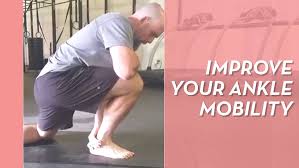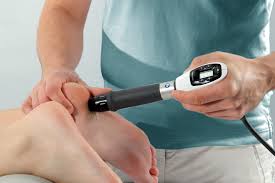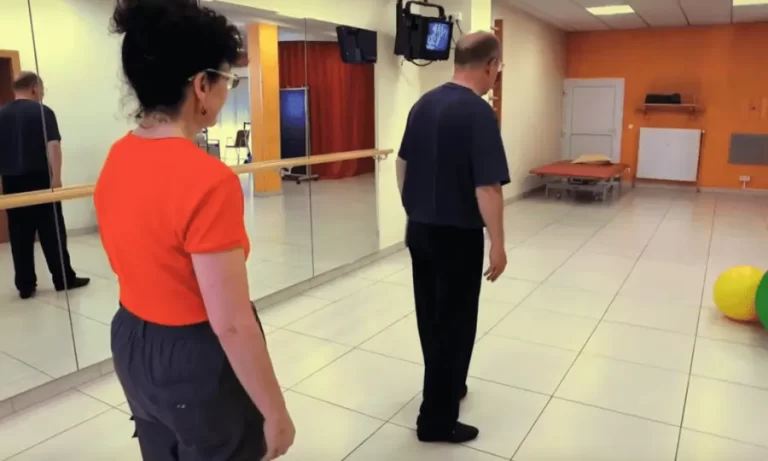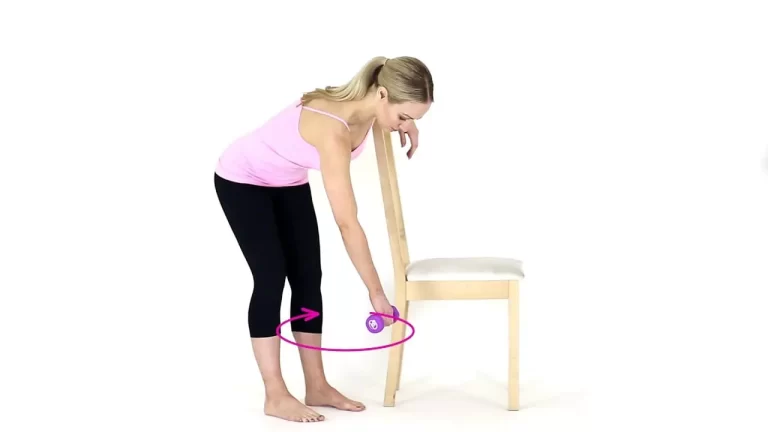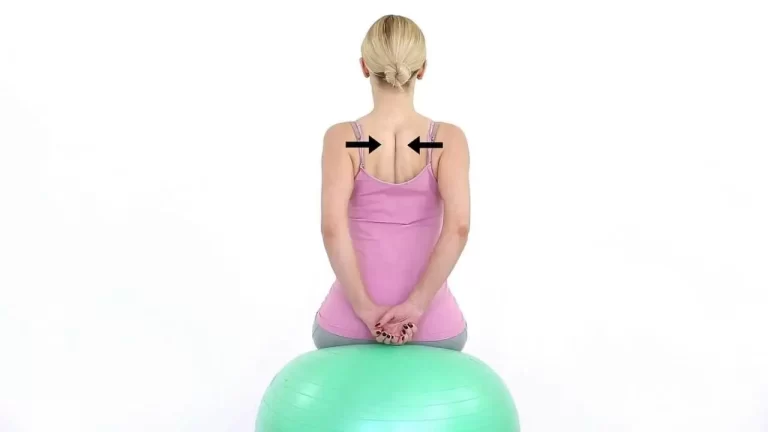How Long Does it Take to Improve Ankle Mobility
Improving ankle mobility can take anywhere from a few weeks to a few months, depending on the severity of stiffness, consistency of exercises, and underlying conditions. With regular stretching, strengthening, and mobility drills, many people begin to see noticeable improvements within 2 to 6 weeks.
Individual differences in the amount of time needed to increase ankle mobility include age, degree of stiffness, history of injuries, and frequency of mobility exercises. Though more substantial gains could take many months, notable improvements can frequently be observed in 2-4 weeks with a well-structured plan and consistent practice.
Why is ankle Mobility important?
Appropriate movement mechanics depend on having good ankle mobility. You can perform workouts like squats, lunges, and running with more range of motion when your ankles are flexible. However, a lack of mobility can cause compensation in other areas of the body, like the lower back, hips, or knees. Over time, this may cause pain or harm.
Ankle mobility is essential for athletes to produce power, keep their balance, and lessen joint stress. Improved mobility also makes daily tasks easier, like climbing stairs or even stooping to pick something up.
How long does it take for ankle mobility to improve?
Although each person’s situation will determine how quickly they can increase their ankle mobility, most people can anticipate seeing results in a matter of weeks if they exercise regularly.
- 2-4 Weeks: Your range of motion and flexibility may significantly improve if you engage in mobility exercises every day. This is particularly true for people who don’t have any serious injuries or only have mild pain.
- 6–12 Weeks: Consistent work during this time can result in considerable increases in mobility and decreased pain for people with more severe limitations or chronic injuries.
- Several Months: Improving ankle mobility may take a while if the problem is chronic, the stiffness is significant, or the recuperation from surgery is prolonged. Consistency and patience are essential.
Factors That Affect Your Development:
- Current Mobility Level
Compared to someone with severe limits or a history of injuries, you should expect to notice changes more quickly if your ankles are only somewhat stiff. - Consistency
Practice regularly is crucial. Your improvement will be greatly slowed down if you only sometimes perform mobility exercises. - Injury History
Previous ankle sprains, fractures, or surgeries may decrease flexibility and produce scar tissue, making recovery more time-consuming. - Age
Due to the increased inherent suppleness of their muscles and tendons, younger people may make progress more quickly, but elderly people may require more time. - Exercise Technique
Exercises must be performed with good form to target the appropriate muscles and joints. An ineffective method can impede development and possibly lead to more problems.
Best Exercises for Increasing Ankle Mobility:
It is advised to combine soft tissue treatment, strengthening exercises, and stretching to increase ankle mobility.
- Deep Squat Holds: Stand with your feet slightly wider than hip-width apart and your toes pointed slightly outward to perform this exercise. While maintaining an erect chest and flat heels on the floor, slowly lower yourself into a deep squat by bending your knees and pressing your hips down and back. Deep squat holds are a great complement to warm-ups, cool-downs, or mobility exercises since they increase lower-body strength, core stability, and joint flexibility.

- Calf Raises: A simple yet powerful exercise for strengthening the muscles in the lower legs, especially the gastrocnemius and soleus, is the calf raise. Take a moment to completely engage your calves at the top, and then carefully lower your heels back down. For a wider range of motion, this exercise can be performed on a step or on a level surface. Calf raises support exercises like walking, jogging, and leaping while also improving ankle stability and balance.
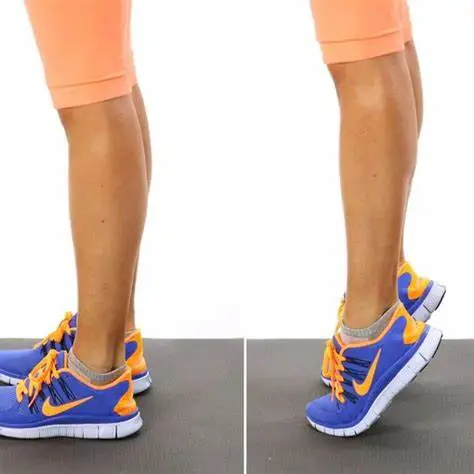
- Foam Rolling the Calves: A self-myofascial release practice called foam rolling the calves helps increase lower leg flexibility, increase blood flow, and alleviate tense muscles. Roll slowly back and forth, stopping on any sore or tight areas as you go from just below the knees to above the ankles. You can cross one leg over the other to provide more pressure. Particularly helpful for easing post-exercise discomfort and avoiding overuse issues like Achilles tendonitis or shin splints is foam rolling the calves.

- Wall Ankle Mobility Drill: A straightforward yet efficient exercise to increase dorsiflexion—the capacity to raise the ankle upward—is the wall ankle mobility drill. To do the drill, face a wall, place one foot slightly behind the other for stability, and place your toes a few inches from the wall. Repeat after moving your foot a little further back if the knee meets the wall with ease. This exercise improves ankle flexibility, which is necessary for improved running, squatting, and lower-body mobility in general.

Improving Ankle Mobility Following an Injury:
They should first get their doctor’s approval if the damage was recent or the area is still painful. Corrective activities can aid in strengthening and building this joint after that has been gotten.
For instance, ask the client to write the alphabet with their toes if they have an ankle tendon problem. This increases the ankle’s range of motion by causing it to move in all directions. A jumping mobility practice should be substituted with more static motions if the ankle has been fused. Without putting too much strain on the ankle, this strengthens it.
Conclusion:
You should invest in your physical well-being by increasing your ankle mobility. Focusing on your ankles can have a big impact, whether you’re an athlete looking to improve your performance or just want to move pain-free. Although outcomes can differ, most people see improvements in as little as a few weeks when they put in constant effort.
FAQs
What results in limited ankle mobility?
The Achilles tendon and the calf muscles, which move your ankle around, are the two lower leg structures that most frequently impair ankle mobility.
What is the duration required to achieve complete ankle mobility?
Ankle mobility improvement typically becomes apparent after two to four weeks. To see benefits, you should realistically incorporate these exercises into your weekly regimen three to four times a week to improve your ankle mobility.
How does one define healthy ankle mobility?
Your ankle is flexible and has excellent dorsiflexion if you can back up five inches or more from the wall.
References:
- Senvi, & Senvi. (2024, December 5). How Long Does it Take to Improve Ankle Mobility – Senvi. Senvi – Your Personal Wellbeing Tool. https://senvi.app/how-long-does-it-take-to-improve-ankle-mobility/
- Cymbiotika. (2025, June 12). How long does it take to improve ankle mobility? CYMBIOTIKA. https://cymbiotika.com/blogs/healthy-aging/how-long-does-it-take-to-improve-ankle-mobility?srsltid=AfmBOopneOrjGR5uguI4Mz83fQlkl49hjP2aW5ZGb22VPmScnNgS2hFp
- Rusin, J. (2018, June 5). Fix your ankle mobility in five minutes | DrJohnRusin.com. Dr. John Rusin – Exercise Science & Injury Prevention. https://drjohnrusin.com/the-5-step-ankle-mobility-fix/

